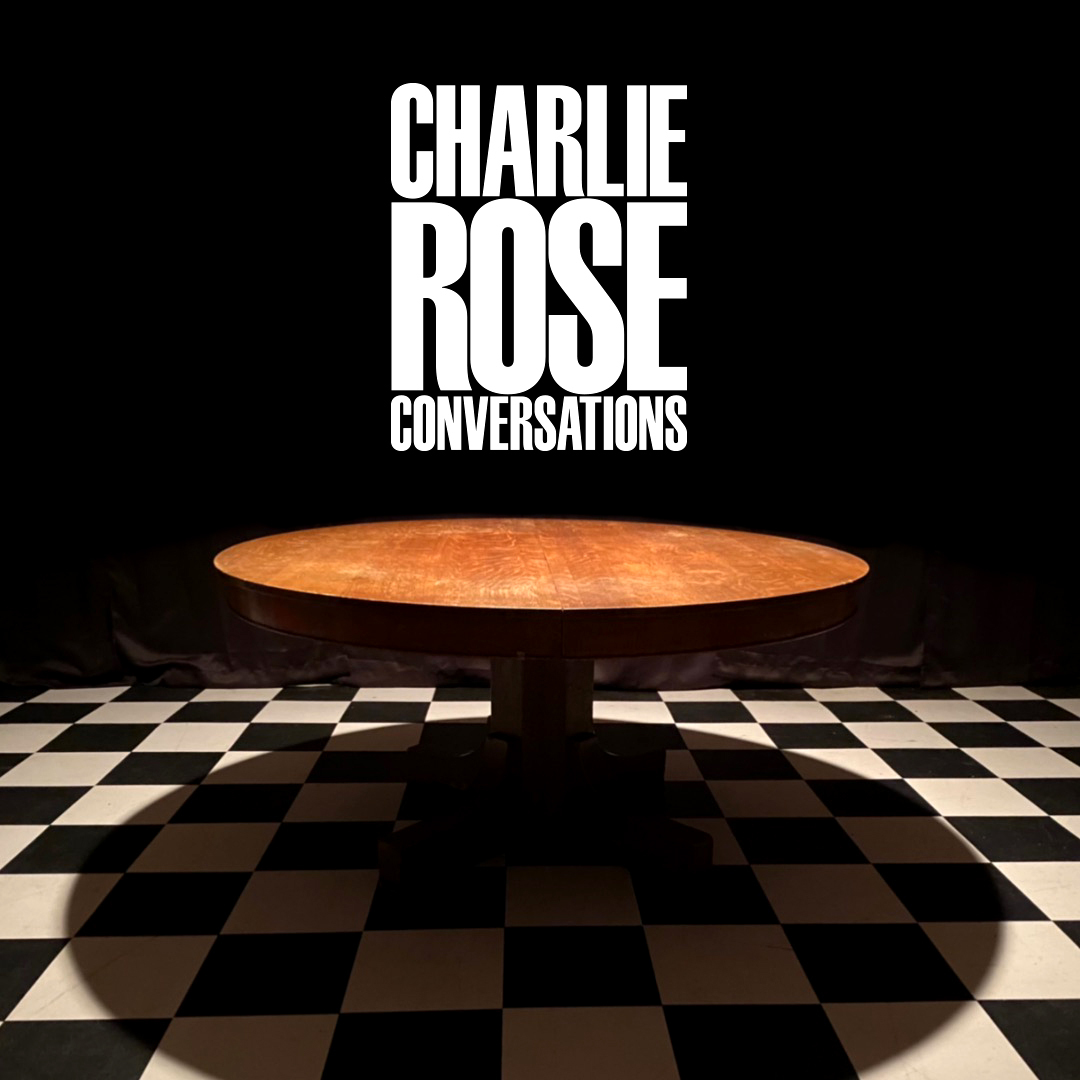
The celebrated nonfiction author on his new book, “Going Infinite: The Rise and Fall of a New Tycoon,” about how cryptocurrency entrepreneur Sam Bankman-Fried went from a huge multi-billion dollar fortune to a jail sentence of 25 years without parole.
- October 31 2025
- October 24 2025
- October 14 2025
- October 13 2025
- October 08 2025
- October 04 2025
- October 02 2025
- September 30 2025
- September 21 2025
- September 16 2025
- September 10 2025
- September 05 2025
- August 22 2025
- July 18 2025
- December 29 2024
- December 09 2024
- November 27 2024
- September 20 2024
- September 10 2024
- August 29 2024
- August 13 2024
- February 20 2024
- February 16 2024
- January 11 2024
- December 26 2023
- December 24 2023
- December 12 2023
- December 04 2023
- November 14 2023
- November 02 2023
- November 01 2023
- October 20 2023
- October 12 2023
- July 28 2023
- March 09 2023
- March 06 2023
- October 07 2022
- September 03 2022
- August 16 2022
- August 03 2022
- June 20 2022
- June 09 2022
- May 27 2022
- May 17 2022
- May 10 2022
- April 14 2022
Michael Lewis
Michael Lewis is perhaps America’s most successful and celebrated nonfiction writer. Not only do his books reach millions of readers, they’re made into successful movies including “The Money Game,” “The Big Short,” and “The Blindside.” Michael was born in New Orleans, Louisiana, in 1960 and is a graduate of Princeton and the London School of Economics.
After a brief career on Wall Street, he received success with his first book, “Liar’s Poker.” Michael Lewis has subsequently written more than 15 best sellers. He also writes for magazines and newspapers on timely subjects including politics, government, and finance.
His latest book, “Going Infinite: The Rise and Fall of a New Tycoon,” is about how cryptocurrency entrepreneur Sam Bankman-Fried went from a huge multi-billion dollar fortune to a jail sentence of 25 years without parole. Lewis has written an update for the publication of the paperback edition. In the book and update, he describes Bankman-Fried, known as SBF, living an extraordinary life motivated by ambition, famous friends, and effective altruism, the idea of making a lot of money so you can give it away to do good. His empire collapsed when he was accused of transferring funds from the exchange, FTX, to Alameda Research, his hedge fund to cover expenses and invest in venture capital opportunities. The downfall came as Lewis was spending time with SBF looking for his slant. He interviewed most of his associates and published “Going Infinite: The Rise and Fall of a New Tycoon,” just before the trial began. The jury quickly convicted Bankman-Fried and Judge Louis Kaplan sentenced him to 25 years without parole, suggesting it was necessary because SBF might commit the same offense again. He is now in prison and his case is on appeal.
Michael Lewis lives in Berkeley, California with his wife Tabitha Soren, an acclaimed photographer and former reporter and television host for MTV. They have three children. Their daughter Dixie died in a tragic automobile crash in 2021. He talks about that tragedy and future projects in the latest of more than ten conversations about him and his work.
- Prev
-
September 10 2024
- October 31 2025
- October 24 2025
- October 14 2025
- October 13 2025
- October 08 2025
- October 04 2025
- October 02 2025
- September 30 2025
- September 21 2025
- September 16 2025
- September 10 2025
- September 05 2025
- August 22 2025
- July 18 2025
- December 29 2024
- December 09 2024
- November 27 2024
- September 20 2024
- September 10 2024
- August 29 2024
- August 13 2024
- February 20 2024
- February 16 2024
- January 11 2024
- December 26 2023
- December 24 2023
- December 12 2023
- December 04 2023
- November 14 2023
- November 02 2023
- November 01 2023
- October 20 2023
- October 12 2023
- July 28 2023
- March 09 2023
- March 06 2023
- October 07 2022
- September 03 2022
- August 16 2022
- August 03 2022
- June 20 2022
- June 09 2022
- May 27 2022
- May 17 2022
- May 10 2022
- April 14 2022
- Next

